When you arrive in Japan for the first time, one cultural detail immediately strikes you: everywhere, you are asked to remove your shoes. Whether in a house, a ryokan, a school, certain restaurants, or even public places, this habit is an unavoidable social norm. But why is this simple gesture so fundamental in Japan? Where does this rule come from, and what does it reveal about Japanese culture? Here is an in-depth overview to better understand.
A daily hygiene rule
Behind this very natural reflex for the Japanese lies a logic that is both practical and cultural. The Japanese house is designed to be a clean, peaceful, and healthy space, where people often live directly on the floor.
Fighting against external dirt in Japanese homes
In Japan, people often walk barefoot or in socks indoors. Tatami mats, used as flooring in many traditional rooms, are sensitive to moisture, bacteria, and dust. Shoes, which tread the streets, bring with them particles of pollution, dirt, melted snow, or mud. Removing shoes thus helps to maintain a clean, pleasant, and especially hygienic environment for the whole family.
The genkan: a threshold between two worlds
From the entrance of the house, the genkan marks the transition between the impure outside and the pure inside. It is a sunken space where one removes their shoes before entering the actual house. This threshold is not just an architectural detail: it symbolizes the separation between two worlds, where one leaves behind not only dirt but also the tensions of the outside world.
A cultural heritage passed down for centuries
This habit is not new; it is rooted in traditional Japanese lifestyles, ancient architecture, and the materials used in homes.
The influence of traditional Japanese houses
Japanese houses were once built elevated, with wooden floors and tatami mats made of rice straw, and walking with shoes quickly damaged these fragile surfaces. The interior being a place of rest, meditation, and sharing meals, it was unthinkable to bring impurities inside. The floor thus became a sacred space of daily life, respected by walking on it cleanly.
A custom still alive in modern Japan
Even today, even in modern apartments, the genkan persists. It often features a shoe shelf and a pair of slippers reserved for indoors. This rule is taught from childhood and remains alive at all ages. Even hotels, schools, temples, and some traditional restaurants require the removal of shoes, making it a tradition still very present in daily Japanese life.
A practice reinforced by Japanese spirituality
Removing shoes is not just a matter of hygiene or tradition: it relates to deeply rooted spiritual values in Japanese culture, particularly through Shintoism.
Shintoism and the separation of the pure and the impure
Shinto, the native religion of Japan, places great importance on the notion of purity. The outside, laden with dust, microbes, and symbolically unstable energies, is considered "impure"; the inside, on the other hand, must remain a protected, calm, and pure space. Removing one's shoes at the entrance is therefore an act of purification, just like washing one's hands before entering a shrine.
Respect for places and others through behavior
In Japanese thought, respect is not only manifested by words: it is shown through gestures, discreet but strong. Taking off your shoes before entering shows respect for the home, for its occupants, for the cleanliness of the place, and more broadly for collective norms; it is a way to express concern for the common good, a value very present in Japanese society.
A social norm that structures interactions in Japan
This gesture is so common that it has become an implicit norm, a cultural code that everyone follows without even thinking about it. It reflects the importance of propriety, harmony, and concern for others.
Indoor slippers and rules to follow
Once the shoes are removed, one often puts on slippers to move around inside; there are even, in Japanese homes, slippers reserved for the toilets to avoid dirtying the rest of the house. This system may be surprising, but it is organized, logical, and universal in the country. In some schools or companies, each person even has their own pair of slippers.
What this habit says about Japanese society
Taking off your shoes at the entrance is a marker of politeness, discipline, and respect. This simple gesture reflects a society where the collective often takes precedence over the individual. It is also an indication of Japan's implicit rigor: everything is codified, even when there is no sign. For a visitor, respecting this rule is one of the first steps towards a successful immersion in Japanese culture.
Removing your shoes at the entrance is not a constraint or a folklore, it is a daily ritual, discreet but profound, that embodies the harmony between cleanliness, respect, and traditions. By respecting it, you are not just taking off your shoes: you are entering a world of cultural nuances, symbolic gestures, and consideration for others. Understanding this habit is understanding an essential part of life in Japan.
FAQ - Everything you need to know about the shoe rule in Japan
Do you have to take off your shoes in all places in Japan?
Not necessarily, in some modern restaurants or public places, it is not required. But in homes, temples, schools, and traditional accommodations, yes, it is an essential rule.
Can you walk barefoot indoors?
Yes, but it is more common to wear socks or slippers. In some families, being barefoot is quite accepted, but this is not always the case in public places.
Why are there specific slippers for the toilets?
It is a way to avoid spreading germs throughout the rest of the house. Slippers are used only in the toilets, which are removed immediately afterward.















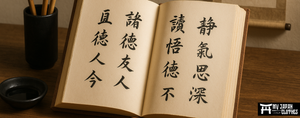



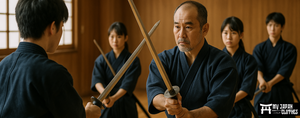


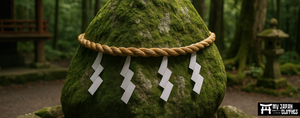



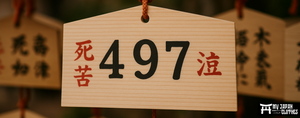
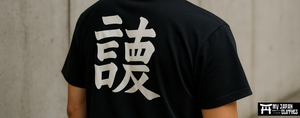



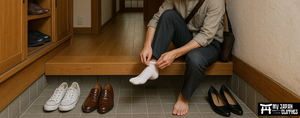


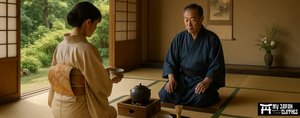
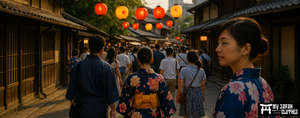
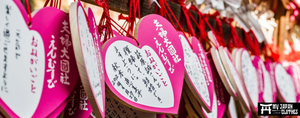




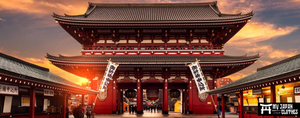
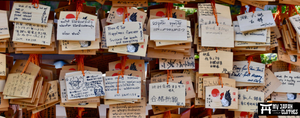

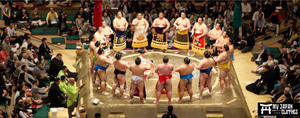







Leave a comment